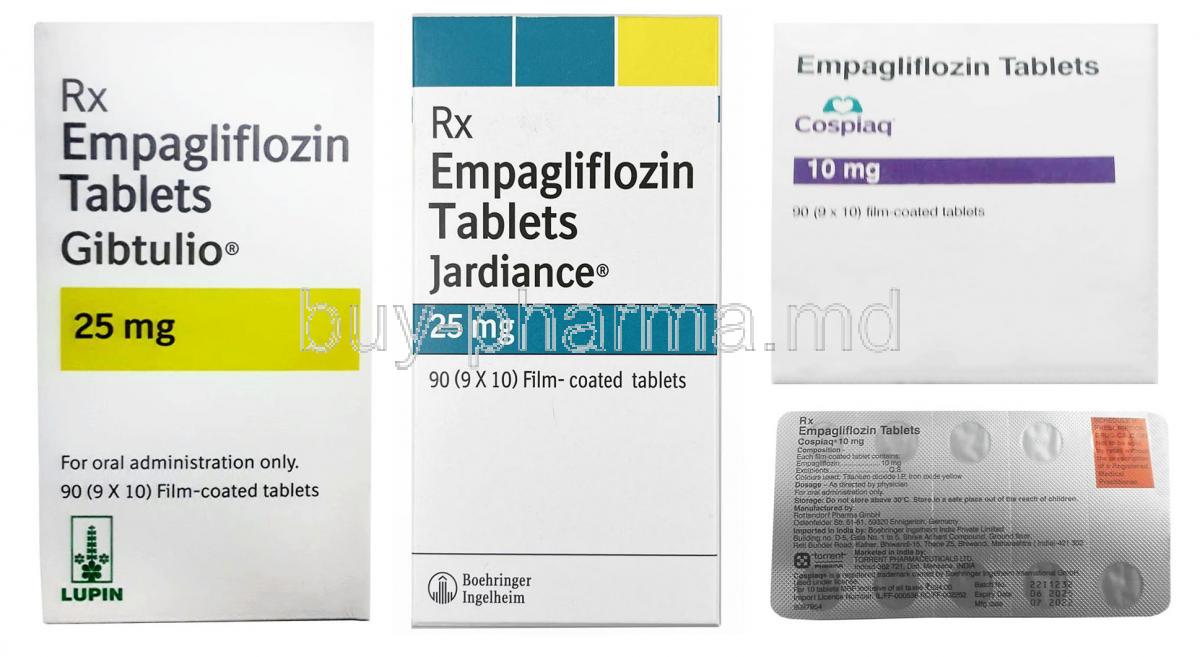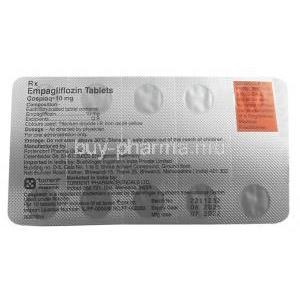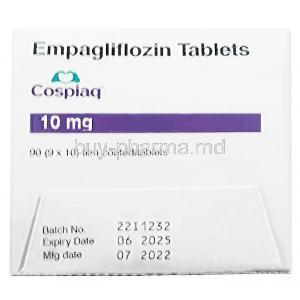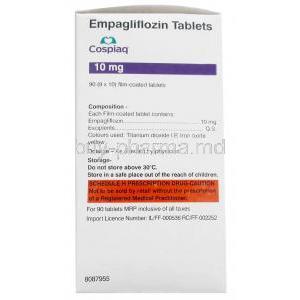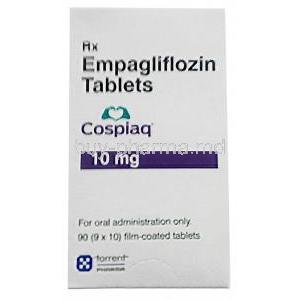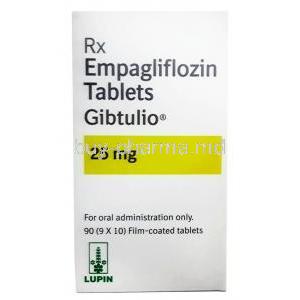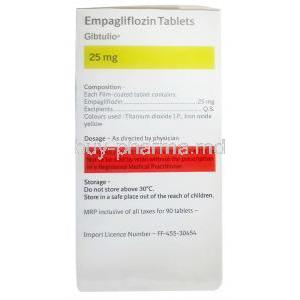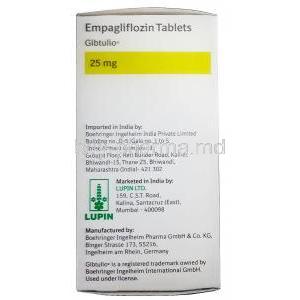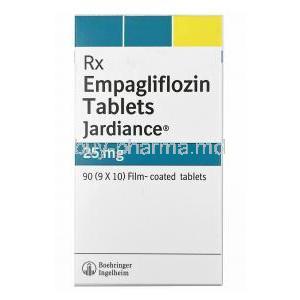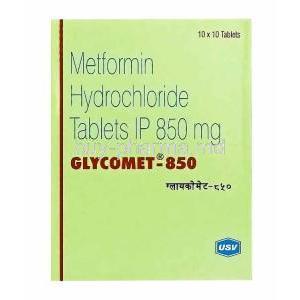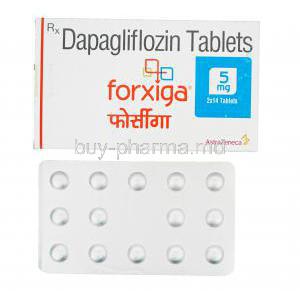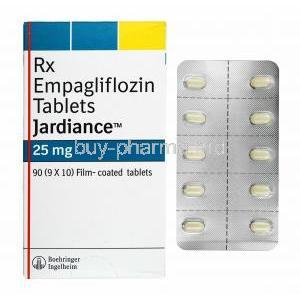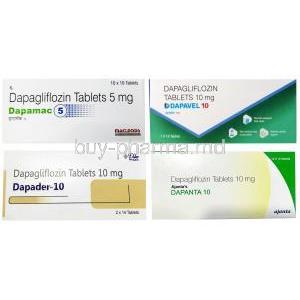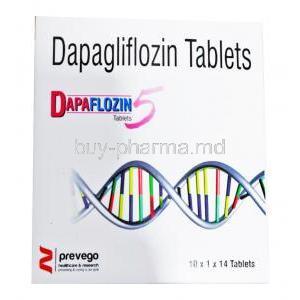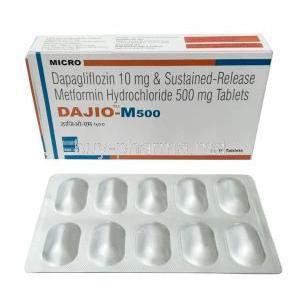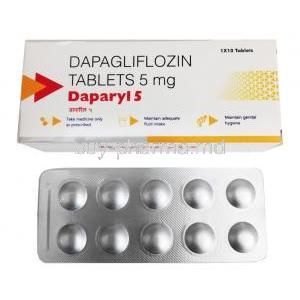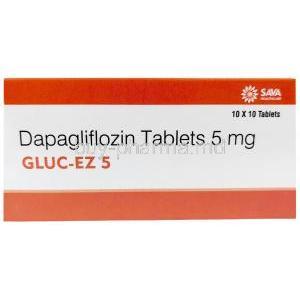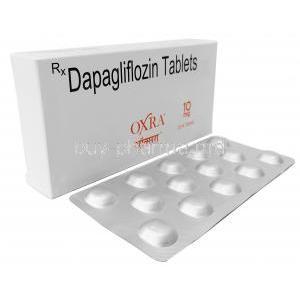Empagliflozin
- I. Introduction to Empagliflozin
- II. Composition and Pharmacological Properties of Empagliflozin
- III. Uses of Empagliflozin
- IV. Dosage and Administration of Empagliflozin
- V. Common Side Effects of Empagliflozin
- VI. Serious Side Effects and Complications
- VII. Drug Interactions with Empagliflozin
- VIII. Contraindications and Warnings
- X. Special Precautions and Important Warnings
- XI. Overdose Management
- XII. Storage and Handling Precautions
I. Introduction to Empagliflozin
Empagliflozin Overview: Empagliflozin stands out as a contender in the fight against Type 2 diabetes, a widespread disease impacting millions worldwide.
Belonging to the SGLT2 inhibitor group, it introduces an approach by enhancing the removal of glucose through the kidneys, leading to reduced blood sugar levels.
The significance of Empagliflozin in diabetes management: Besides its role, Empagliflozin offers a dual benefit. It not only lowers blood sugar levels but also improves cardiovascular health, which is often a concurrent issue for diabetic individuals. This dual effectiveness positions it as an asset in the treatment arsenal for diabetes.
II. Composition and Pharmacological Properties of Empagliflozin
Empagliflozins components and composition; Empagliflozins essence lies in its main ingredient, which has been carefully crafted to ensure it is easily absorbed by the body and effective in treatment.
- How Empagliflozin operates within the body: Empagliflozin works by inhibiting the function of the SGLT2 protein in the kidney tubules, leading to increased removal of glucose through urine. This novel way of action highlights its distinctiveness in managing diabetes.
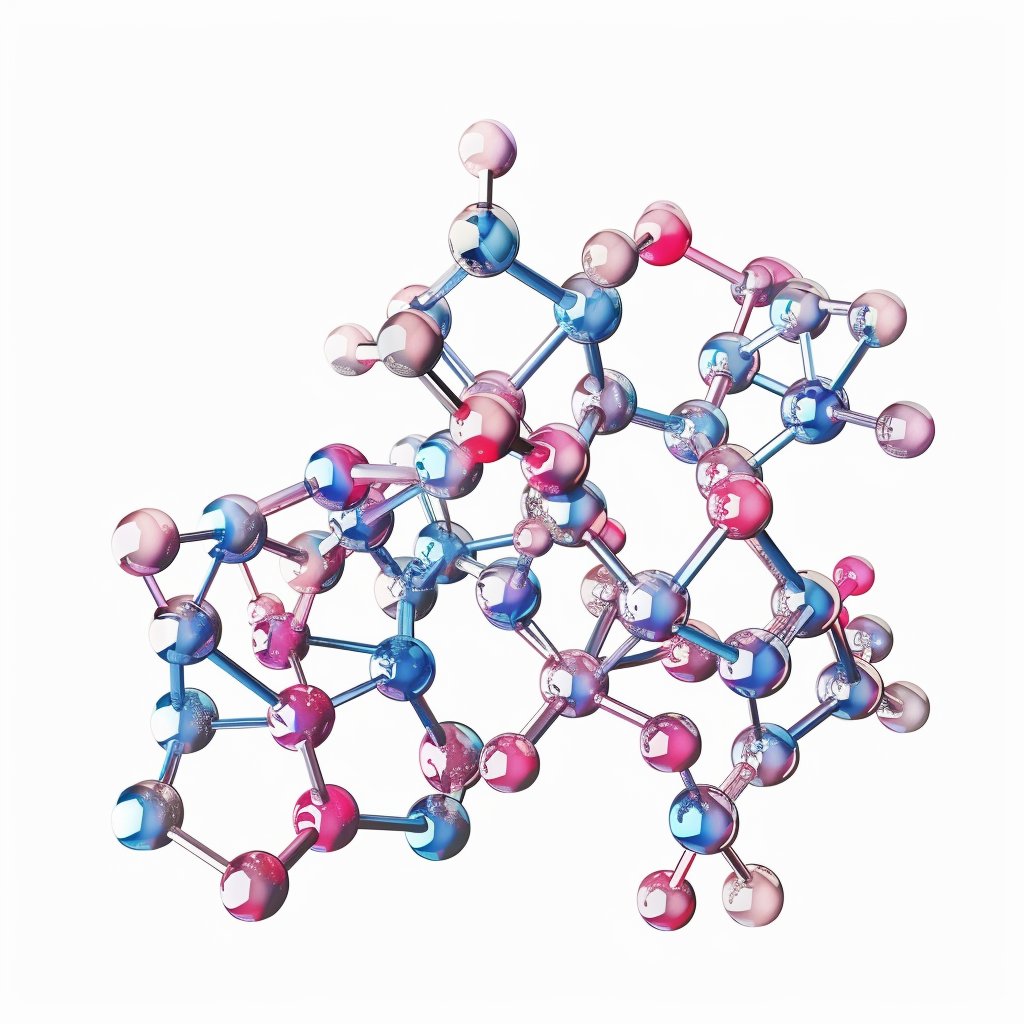
III. Uses of Empagliflozin
-
- Indications:
- Type 2 Diabetes Mellitus: Empagliflozin is indicated as an adjunct to diet and exercise to improve glycemic control in adults with Type 2 diabetes (T2DM).
- Cardiovascular Protection: It also reduces the risk of cardiovascular death in adults with T2DM and cardiovascular disease.
- Heart Failure: Empagliflozin is used to reduce the risk of cardiovascular death and hospitalization in adults with heart failure (HF).
- Chronic Kidney Disease: It helps reduce the risk of sustained decline in estimated glomerular filtration rate (eGFR), end-stage kidney disease, cardiovascular death, and hospitalization in adults with chronic kidney disease (CKD) at risk of progression1.
- Indications:
-
Research Areas:
- Apart from its primary use in Type 2 diabetes, there is ongoing research into the following areas:
- Weight Management: Investigating its effects on weight management.
- Type 1 Diabetes: Exploring its application in Type 1 diabetes under specific circumstances1.
- Apart from its primary use in Type 2 diabetes, there is ongoing research into the following areas:
IV. Dosage and Administration of Empagliflozin
Suggested dosages for conditions: The amount of Empagliflozin prescribed varies depending on the individual patient's requirements, starting with a typical initial dose that can be changed based on how effective and well tolerated it is.
Adjustments might be needed for patients with kidney issues or other additional health conditions, highlighting the importance of customizing the treatment plan.
To ensure effectiveness, taking Empagliflozin once daily in the morning with or without food is recommended to maintain consistent therapeutic levels in the blood.
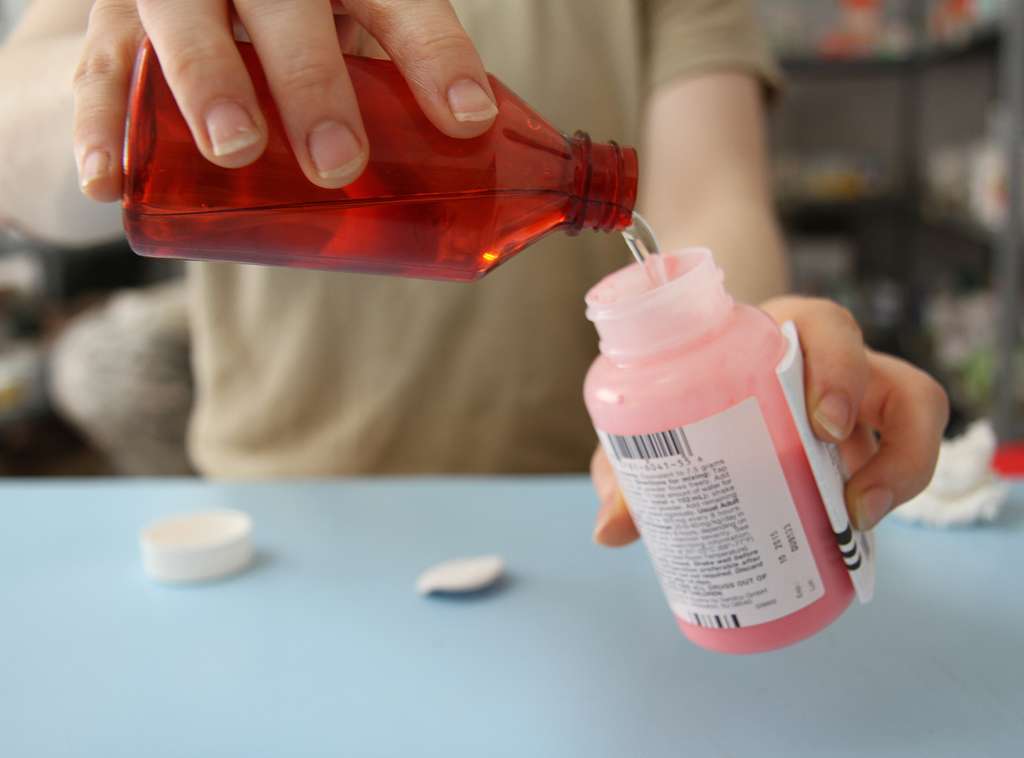
V. Common Side Effects of Empagliflozin
Patients may sometimes encounter tract infections or genital mycotic infections as minor side effects but these issues can typically be addressed with standard medical treatments. The common adverse effects of the medication are generally mild to moderate in intensity. Often lessen as the body adapts to the treatment.
VI. Serious Side Effects and Complications
Serious side effects alert: While uncommon, Empagliflozin may lead to adverse reactions, like ketoacidosis, dehydration, and intense urinary tract infections requiring prompt medical intervention. Proper management and reporting of these adverse events are crucial for healthcare professionals to safeguard patient well-being by monitoring closely and notifying regulatory bodies when necessary.
VII. Drug Interactions with Empagliflozin
Here are some usual interactions between drugs and how to handle them: Empagliflozin might interact with diuretics, insulin, and insulin secretagogues. This could require adjusting doses to prevent blood sugar levels or dehydration.
Regarding how Empagliflozin affects medications, It's crucial to assess a patient's medication routine to spot possible interactions and modify treatment as needed for optimal effectiveness and safety.
VIII. Contraindications and Warnings
Patients with kidney problems, in end-stage renal disease or undergoing dialysis, should avoid using Empagliflozin because it may lead to harmful side effects.
X. Special Precautions and Important Warnings
Empagliflozin plays a role in managing Type 2 diabetes, and it's crucial for patients to follow specific precautions to ensure their safety and the effectiveness of the medication. It's important for all individuals prescribed this drug to understand the significance of staying properly hydrated in situations that can lead to fluid loss, like intense physical activity or high temperatures.
- Monitoring kidney function and electrolyte levels regularly is essential for minimizing risks associated with long-term use.
- Both patients and healthcare providers should remain attentive to any signs of ketoacidosis, a severe but rare condition that can occur even when blood sugar levels are not notably high.
- Dehydration is a concern, so it's important to take immediate action if symptoms such as excessive thirst or decreased urine output arise.

XI. Overdose Management
The wide therapeutic range of Empagliflozin allows for flexibility. In cases of overdose, prompt medical attention is crucial. Early detection of overdose symptoms can greatly reduce health hazards. Signs of overdose to watch out for include blood pressure, dehydration, and significant electrolyte imbalances. Immediate steps should prioritize actions, like replenishing fluids and keeping a close eye on vital signs and electrolyte levels. Healthcare providers may tailor interventions based on the seriousness of the symptoms and each patient's unique requirements.
XII. Storage and Handling Precautions
It is crucial to store and handle Empagliflozin properly to maintain its effectiveness as a medication. Keep the medication at room temperature, away from sunlight and moisture.
- Both healthcare providers and patients should make sure that the medication remains in its packaging until it is used to shield it from environmental factors.
- To prevent exposure to the drug, precautions should be taken when handling Empagliflozin, such as avoiding contact with broken tablets.
- Educating patients on how to store and dispose of Empagliflozin correctly can greatly reduce the chance of children or pets being accidentally exposed to it.

